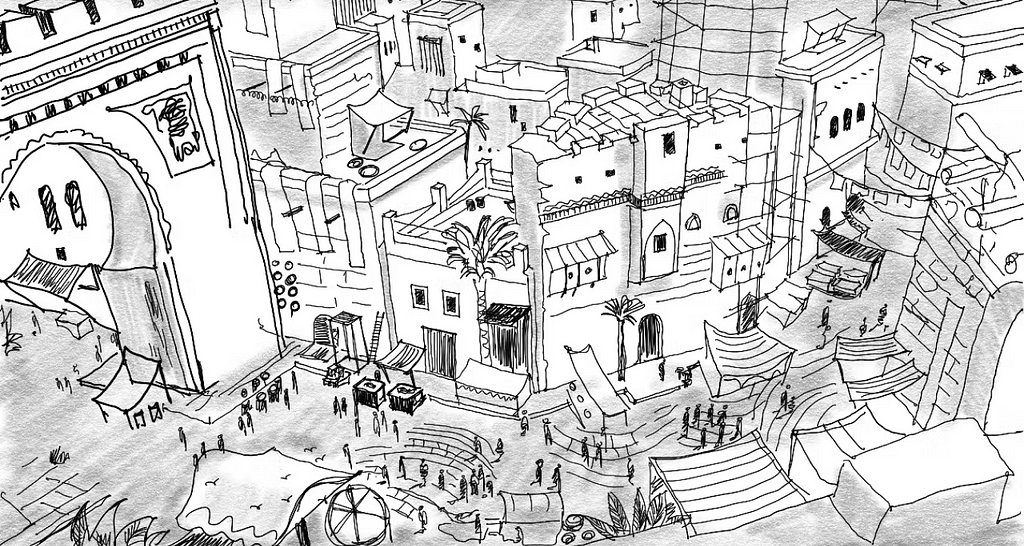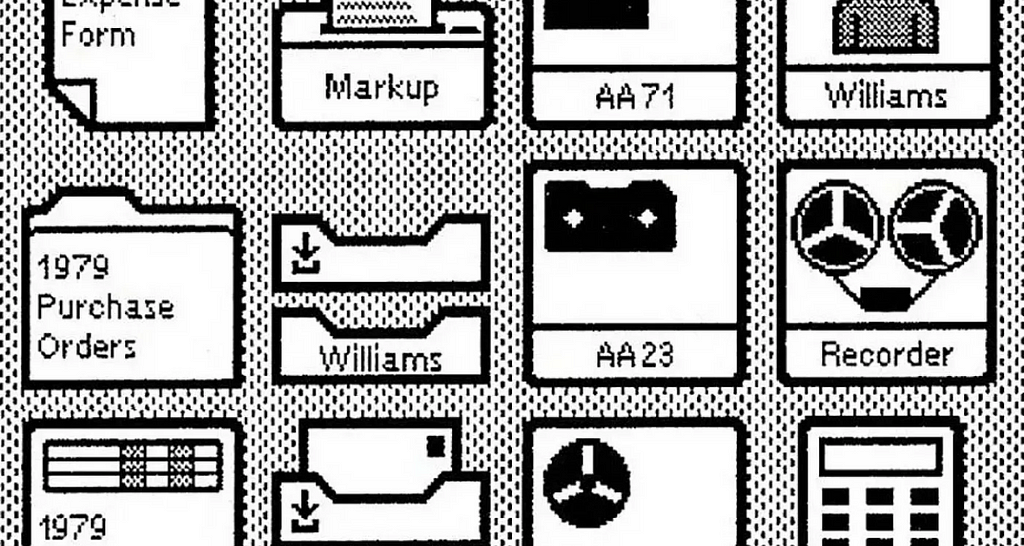Weekly curated resources for designers — thinkers and makers.

“We are still at the dawn of a new digital era: artificial intelligence, virtual worlds, augmented reality, and other technical and societal changes are reframing the world we live in.
However, from a spatial design perspective, they have so far been lame and ordinary. Without the constraints in the physical world, how do we draft the urban blueprints in the metaverse? Planners and designers of these new worlds can find inspiration from Italo Calvino’s Invisible Cities, in which he revealed a poetic and mathematical approach to “urban planning” in the imaginary worlds.”
Spatial computing: what can designers learn from Invisible Cities? →
By Chloe Sun
Editor picks
- How (and should?) we stop the infinite scroll →
Is endless scrolling evil?
By Daley Wilhelm - Apple’s Vision Pro, the mouse and the cat →
A lesson in strategy from an ancient Zodiac tale.
By Rei Inamoto - A product tsunami is coming →
How AI is reshaping product management.
By Jose A. Gonzalez Reboredo
The UX Collective is an independent design publication that elevates unheard design voices and illuminates the path to design mastery and critical thinking. Here’s how we’re boosting stories through our partnership with Medium.

Framer AI can design a website better than you can (and in 15 seconds) →
Make me think
- Language model sketchbook, or why I hate chatbots →
“The primary interface everyone and their mother jumps to at this point is the chatbot. We are irreversibly anchored to this text-heavy, turn-based interface paradigm. And sure, it’s a great solution in a lot of cases! It’s flexible, familiar, and easy to implement. But it’s also the lazy solution.” - Humans are biased; generative AI is worse →
“The world according to Stable Diffusion is run by White male CEOs. Women are rarely doctors, lawyers or judges. Men with dark skin commit crimes, while women with dark skin flip burgers.” - Considering AI as a belief system →
“As consumer-facing AIs hit the mainstream, we have experienced ripples of excitement, awe, anxiety, and existential dread as people parse and internalise their potential. Where do the opportunities lie? How will the harms play out, and whom will they affect? How will our future selves reflect upon the decisions made today that lead to the entrenched status quo of tomorrow?”
Little gems this week

Designing for spatial passthrough experience →
By Daisy Chen

Will ChatGPT-like UI replace graphical interfaces? →
By Miguel Carruego

Iconic icons: celebrating design’s nifty little helpers →
By Kyle Blacklock
Tools and resources
- UX bites →
A collection of smart, bitesized interactions. - Facilitating brainstorms →
Designing engaging and productive gatherings. - Bottom sheets UX →
Definition and guidelines.
Support the newsletter
If you find our content helpful, here’s how you can support it:
- Forward it to a friend and recommend them to subscribe
- Share open positions on our job board
- Sponsor an edition
Invisible cities, infinite scroll UX, product tsunami, Framer AI was originally published in UX Collective on Medium, where people are continuing the conversation by highlighting and responding to this story.